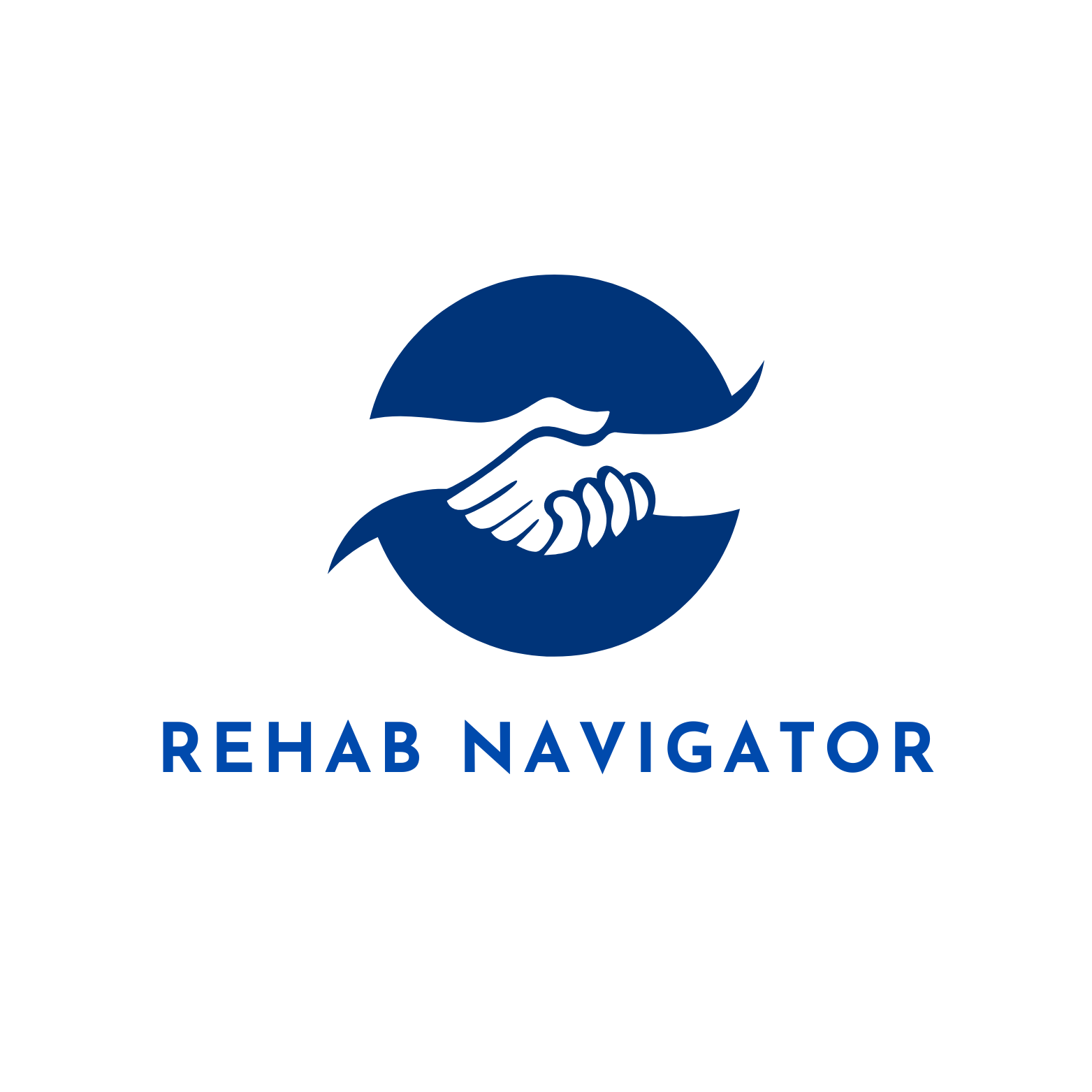Can Animal-Assisted Therapy Actually Help You Heal?
- Yasmin Maghsoudloo
- Feb 18
- 3 min read

Can Animal-Assisted Therapy Actually Help You Heal?
Animal-assisted therapy (AAT) is becoming an increasingly popular form of complementary treatment for various physical and mental health conditions. The practice involves incorporating animals into therapy sessions to promote healing, emotional well-being, and social engagement. But how effective is it, and can it help you heal? Let’s explore the science behind animal-assisted therapy, its benefits, and how it can be integrated into a recovery plan.
What Is Animal-Assisted Therapy?
Animal-assisted therapy uses trained animals to support therapeutic goals under the guidance of a professional therapist. Animals such as dogs, cats, horses, and even birds are selected based on their ability to interact safely and calmly with individuals in need. Unlike emotional support animals or service animals, therapy animals are trained specifically to participate in structured therapeutic activities.
Therapists use AAT to help patients overcome challenges like depression, anxiety, trauma, or physical disabilities. The interaction between humans and animals often creates a calming, nonjudgmental environment conducive to healing.
How Does Animal-Assisted Therapy Work?
Animals have a unique ability to form bonds with humans, often bridging gaps in communication and reducing feelings of isolation. Here’s how AAT facilitates healing:
Reducing Stress: Petting or interacting with animals has been shown to lower cortisol (the stress hormone) and increase oxytocin, a hormone associated with bonding and relaxation.
Improving Mood: Animals can provide joy and comfort, helping to lift mood and reduce symptoms of depression.
Encouraging Physical Activity: Activities like walking a therapy dog or horseback riding improve physical health and mobility.
Enhancing Social Interaction: Animals can act as social catalysts, helping individuals practice communication skills and build confidence.
Providing Emotional Support: Animals offer unconditional love and acceptance, which can be particularly therapeutic for those dealing with self-esteem issues or trauma.
Benefits of Animal-Assisted Therapy
1. Mental Health Support Animal-assisted therapy has been widely used in treating anxiety, depression, PTSD, and other mental health disorders. The presence of animals in therapy sessions can create a safe, soothing atmosphere that encourages emotional expression.
2. Improved Physical Health Research shows that interacting with animals can lower blood pressure, reduce heart rate, and improve overall cardiovascular health. Working with animals may also improve motor skills and mobility for individuals recovering from surgeries or physical injuries.
3. Enhancing Social Skills For people with autism, social anxiety, or developmental disorders, therapy animals can help improve communication skills and build meaningful connections with others.
4. Addiction Recovery In addiction recovery programs, animals are often used to help patients manage stress, develop healthy routines, and foster accountability.
5. Trauma Recovery Animal-assisted therapy has shown significant benefits for trauma survivors, including veterans with PTSD or individuals recovering from abuse. Animals provide a nonjudgmental presence that helps survivors feel safe and supported.
Types of Animal-Assisted Therapy
1. Canine-assisted therapy dogs are the most commonly used animals in AAT due to their friendly nature and ability to build trust quickly. They’re often used in mental health facilities, hospitals, and schools.
2. Equine-assisted therapy Horse therapy, or equine-assisted therapy, helps individuals develop emotional regulation, responsibility, and confidence. Activities like grooming, riding, and leading a horse are therapeutic for people with PTSD, addiction, or behavioral issues.
3. Dolphin-Assisted Therapy Dolphins are sometimes used in therapeutic settings to support individuals with physical disabilities or developmental disorders. Their playful and intelligent nature creates a unique therapeutic experience.
4. Small Animal Therapy Cats, rabbits, guinea pigs, and even birds are often used in therapy sessions. These smaller animals provide comfort and companionship, especially for individuals intimidated by larger animals.
Is Animal-Assisted Therapy Right for You?
AAT isn’t a one-size-fits-all solution, but it can be a powerful complement to traditional therapy. It may be beneficial if:
You feel disconnected or isolated and struggle with forming relationships.
You’re managing symptoms of anxiety, depression, or PTSD.
You need help with physical rehabilitation or improving motor skills.
You’re looking for a unique way to enhance your mental health journey.
Before starting AAT, consult with a healthcare professional to determine if it aligns with your goals.
How to Get Started with Animal-Assisted Therapy
Find a Certified Therapist: Look for professionals who specialize in AAT and work with accredited therapy animals.
Set Clear Goals: Define what you hope to achieve through animal-assisted therapy.
Choose the Right Animal: The type of animal used should match your specific needs and comfort level.
Combine with Other Therapies: AAT works best as part of a comprehensive treatment plan that may include counseling, medication, or physical therapy.
Final Thoughts
Animal-assisted therapy offers a unique and effective way to support healing, improve well-being, and build resilience. Whether you’re dealing with mental health challenges, recovering from trauma, or navigating physical rehabilitation, animals can provide a source of comfort, connection, and inspiration.
If you think animal-assisted therapy could benefit you or a loved one, consider reaching out to a professional to learn more about how this approach might fit into your recovery journey.




Comments